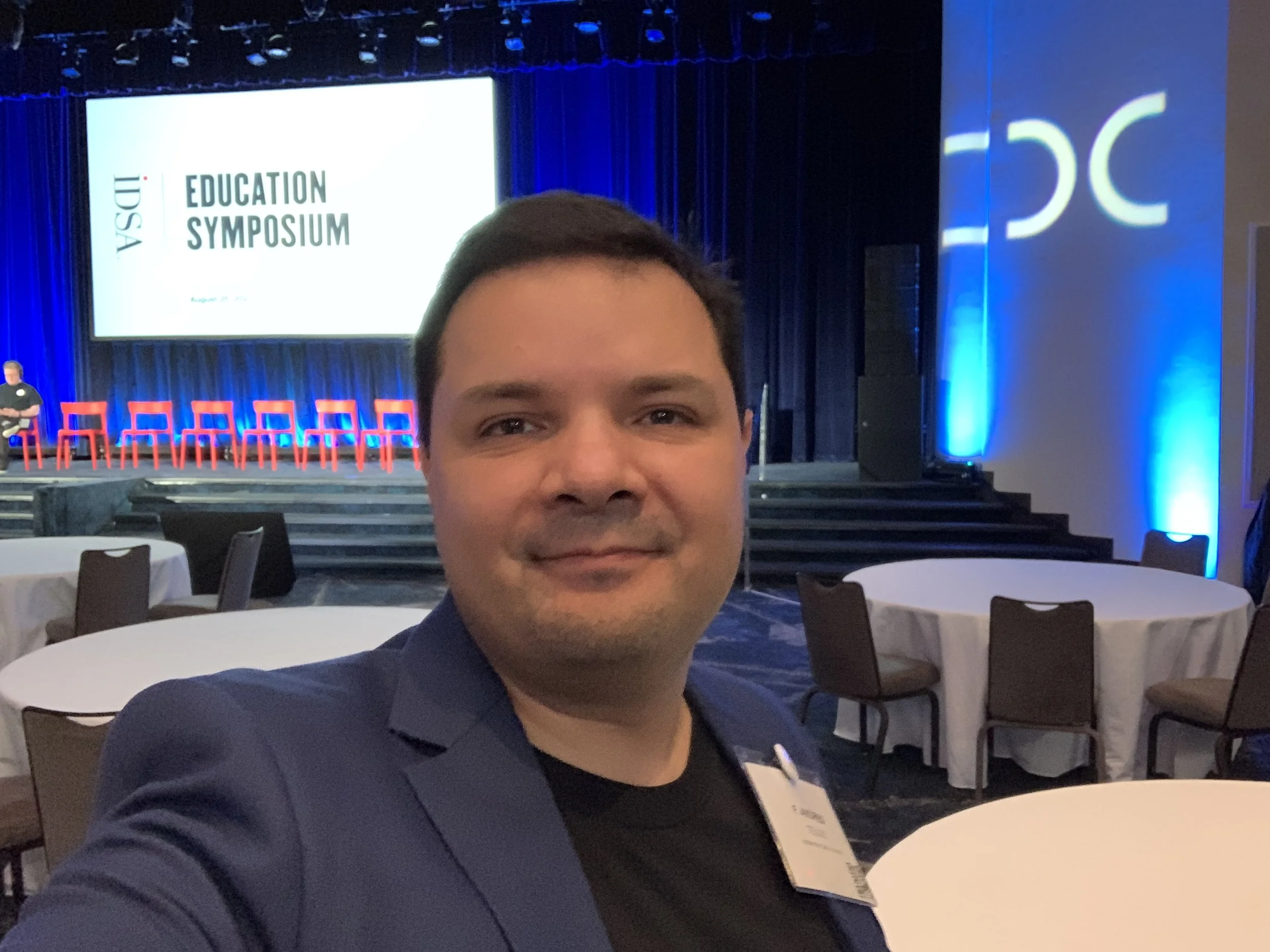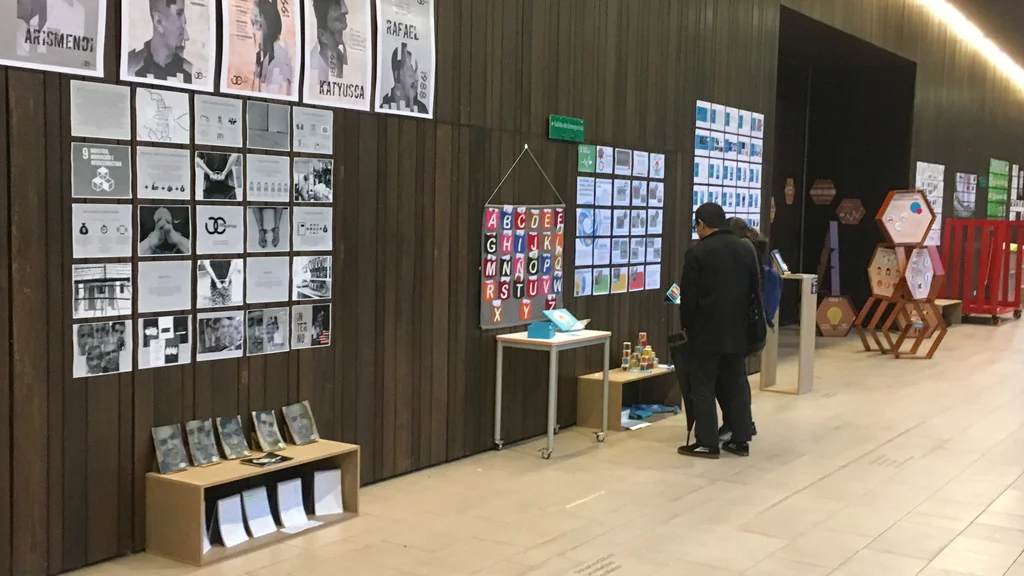I am in the process of analyzing hundreds of pieces of qualitative data for my dissertation (audio and video recordings, field notes, PDFs, photos, etc.) and I have been struggling with finding the right software to help me with this process. It may seem a trivial decision, but my concern is to invest much of my time analyzing data in a software that, down the road, will not fulfill my expectations or will not have enough flexibility to help with this variety of pieces of data that I collected for this particular project.
The deal with qualitative analysis software is that it is mostly designed to analyze text. The different programs I have used can handle text pretty well, allowing the user to create codes, categories, and memos, and to organize and reorganize them as the data analysis process evolves.
However, for this particular project, a lot of the data I have is not text but pictures and PDF documents that combine text and images. Also, I have almost a hundred hours of audio and video recordings that I need to code and partially transcribe, so I cannot risk to start analyzing this data with a software that is not flexible enough.
I used NVivo for Mac before and it worked pretty well for that specific project that, however, was mostly text (transcriptions of interviews and focus groups). I tried to use the same software for analyzing pictures, but the Mac version does not allow to code specific parts, which is necessary for me to highlight and code details. I had the same experience when tried to analyze PDF documents: NVivo for Mac was good to code the text portions, but not the images.
So, I started to look at different options for doing this without having to switch to Windows. I considered using Atlas.ti, but the Mac version also has serious limitations. Then, I found MaxQDA. I have heard of it before, but I did not like the user interface and NVivo had all the functionalities I needed at the time. However, MaxQDA had a serious UI redesign, offers the same functionalities for both platforms—they do not discriminate Mac users—and, the best part, it is very flexible for coding pictures and PDF documents (my main concern for this project).
So, I decided to analyze the my dissertation’s data with the help of MaxQDA and, so far, it has been a great choice. I would love to hear your experiences using this program and, in general, using software for qualitative data analysis.










